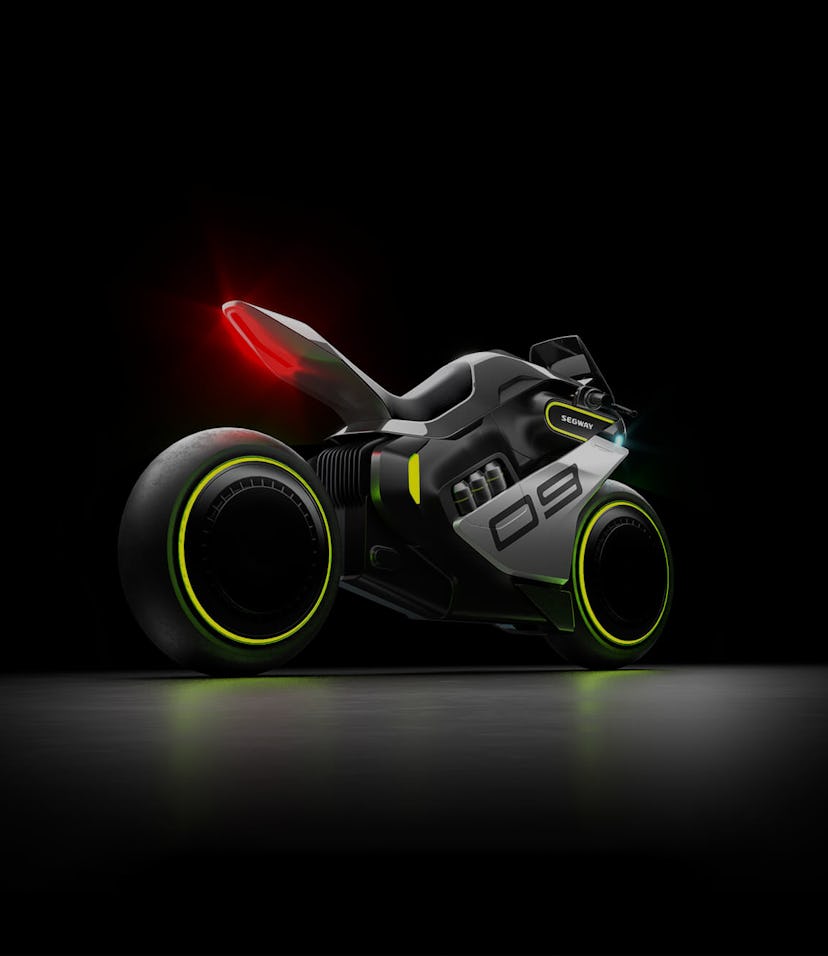Tech
Segway's ultra-futuristic Apex H2 bike is betting big on hydrogen fuel
The electric motorcycle is being crowdfunded and is scheduled to arrive in 2023.

You probably know Segway for its eponymous two-wheeled scooter, made famous by walking tours and mall security guards around the world (and the ignominious death of its owner, who rode one off a cliff). But Segway as a company has expanded into other corners of the electric transportation market in recent years, especially after its 2015 acquisition by Beijing-based Ninebot. It now offers everything from electric rollerskates to mopeds to rolling armchairs, and now it’s got a futuristic electric motorcycle in the works.
Its concept sports bike is powered by a futuristic combination of hydrogen and electricity. The Apex H2, which Segway unveiled this week, is the faster, sleeker follow-up to the original Apex bike from 2019. The new version of the bike is almost unbelievably fast for an alt-fuel vehicle, with a top speed of 150 km/h (about 93 mph), so yes, you’ll be able to ride it on the highway. Segway says the Apex H2 will be capable of producing up to 60 kW of power and can go from 0 to 100 km/h (0-60 mph) in just four seconds.
If there’s any bad news here, it’s that we’re going to have to wait a while for the Apex H2. Segway is crowdfunding its handsome two-wheeler and says it probably won’t reach our garages until some time in 2023. Normally we’re skeptical of anything with “concept” tied to it actually making it to market, but Segway says preorders for the Apex H2 are open, and the price tag for the base model is 69,999 yuan (or about $10,600).
Let’s talk hydrogen — The Apex H2’s biggest upgrade (besides that curvy body) and single-sided swingarm front and rear is its hydrogen fuel cell system. It’s actually a hybrid hydrogen-electric powertrain, which means hydrogen stored in tanks will be converted to electricity and then stored in a battery. The only byproduct of this process is water vapor, released through the exhaust port just behind the rear wheel.
This system isn’t just a rarity — it’s basically unheard of, especially for a sports bike. Using hydrogen as a fuel source has some drawbacks, most notably that it’s not as easy to come by as gas or electricity. You’ll be able to swap the hydrogen canisters on your own, but carrying refills on long trips could present some issues.
We’re still quite a while from hydrogen being as ubiquitous as electric charging stations — just ask Nikola, the Tesla rival that’s better hydrogen as a fuel will take off but is having a hard time convincing the rest of the automotive world. But the promise of another eco-friendly fuel system is always very welcome. Maybe Segway’s Apex H2 will kick off the hydrogen dream’s ascent into reality.